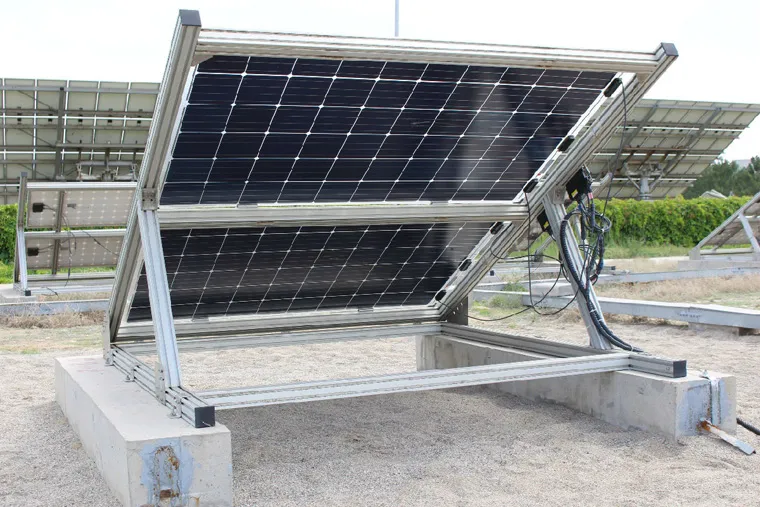solar inverter working principle
Understanding the Working Principle of Solar Inverters
Solar energy has become a popular source of renewable energy, and at the heart of every solar power system lies a crucial component the solar inverter. The solar inverter is responsible for converting the direct current (DC) generated by solar panels into alternating current (AC), making it usable for home appliances and the electrical grid. To fully appreciate its importance, it's essential to grasp the working principle of solar inverters.
The Role of Solar Panels
Solar panels generate DC electricity when sunlight hits the photovoltaic cells within them. These cells are made from semiconductor materials, typically silicon, which excite electrons when exposed to sunlight, creating a flow of electric current. However, most household appliances and the majority of the electrical grid operate on AC electricity, which is where the solar inverter comes into play.
Conversion Process
The solar inverter's primary function is to convert the DC electricity from the solar panels into AC electricity. This process involves several key stages
1. DC Input The inverter receives the DC electricity produced by the solar panels. This initial form of energy is suitable for charging batteries or powering DC devices directly but is not compatible with the standard electrical grid.
2. Switching The inverter uses power electronic devices, such as transistors, to switch the DC input on and off rapidly. This switching creates a pulse-width modulation (PWM) signal, effectively simulating AC voltage.
solar inverter working principle

3. Filtering The output of the switching process is a square wave, which must be smoothed to approximate a pure sine wave—the standard form of AC electricity. This is accomplished through filtering, which removes sharp edges and harmonics from the waveform, resulting in a smooth AC output.
4. Synchronization For the electricity to be fed into the grid, the inverter must synchronize its output with the grid’s voltage and frequency. This synchronization is vital to ensure that the power delivered is stable and compatible.
5. Output Finally, the inverter outputs the AC electricity either for immediate use in the home or for feeding into the grid. In grid-tied systems, this means transferring excess energy back into the electrical network, which can earn the user credits or provide a substantial return on investment.
Types of Solar Inverters
There are several types of solar inverters, including string inverters, microinverters, and power optimizers, each with unique advantages depending on the installation scale and design requirements. While string inverters are commonly used for their cost-effectiveness, microinverters offer better performance in shaded conditions by allowing each panel to operate independently.
Conclusion
In conclusion, solar inverters play an essential role in harnessing solar power effectively and safely. By converting DC electricity to AC, they enable the use of renewable energy in everyday applications and contribute to a more sustainable future. As technology progresses, solar inverters will become even more efficient and streamlined, further promoting the widespread adoption of solar energy solutions.
-
Unlocking Energy Freedom with the Off Grid Solar InverterNewsJun.06,2025
-
Unlock More Solar Power with a High-Efficiency Bifacial Solar PanelNewsJun.06,2025
-
Power Your Future with High-Efficiency Monocrystalline Solar PanelsNewsJun.06,2025
-
Next-Gen Solar Power Starts with Micro Solar InvertersNewsJun.06,2025
-
Harnessing Peak Efficiency with the On Grid Solar InverterNewsJun.06,2025
-
Discover Unmatched Efficiency with the Latest String Solar InverterNewsJun.06,2025







